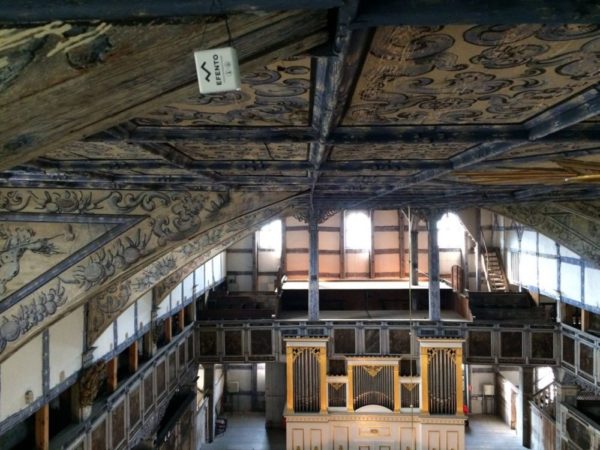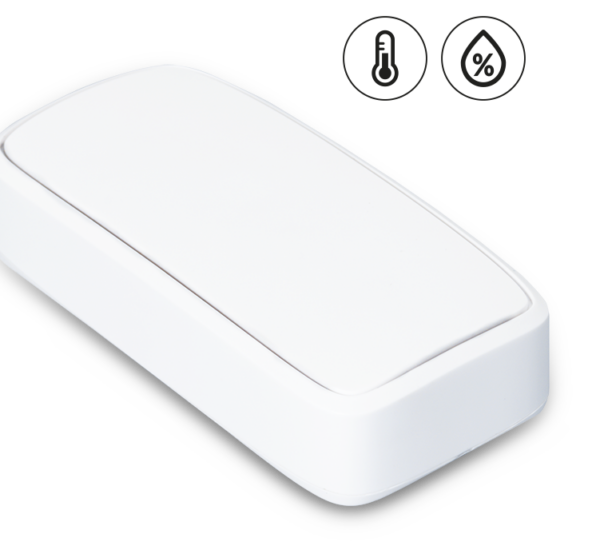About our client
The Church of Peace in Jawor is a historic religious building, built in 1654-1655 under the Peace Agreement of Westphalia, ending the Thirty Years’ War. The building was created from perishable materials such as wood, clay and straw, and its Baroque furnishings and high artistic values constitute a significant cultural heritage. It is one of the three peace churches built after the Thirty Years’ War and one of the two preserved to this day. In addition, the church in Jawor is one of the largest wooden churches in Europe. The building, due to its great importance for the culture and heritage of humanity, has been inscribed on the UNESCO World Cultural Heritage List.
Problem to solve / task
Control of environmental conditions in historic buildings, museums and galleries is necessary to maintain optimal temperatures and humidity. In this way, you can slow down or even prevent their self-destruction. It is particularly worth conducting long-term observation of the conditions in buildings after renovations, moving exhibits, changing the ventilation and heating methods.
The temperature and relative humidity range should be adapted to the type of exhibits and the material from which they are made. Detailed values of relative humidity and temperature at which works of art made of individual materials can be stored are specified, for example, in the study “Determining the Acceptable Ranges of Relative Humidity And Temperature in Museums and Galleries” – Smithsonian Institution.
General recommendations regarding temperature and humidity in museum facilities state that:
- The temperature in the range of 19-21 ° C is the best compromise between visitor comfort and energy expenditure. If the room temperature does not change abruptly, it has little effect on the condition of works of art.
- The optimum relative humidity for mixed collections is 45 – 55%. Too high relative humidity (over 65%) can cause mold and fungus to grow on paintings, metal corrosion or damage to library collections. On the other hand, too low relative humidity (below 25%) leads to a loss of hygroscopic water, brittleness of hygroscopic materials (e.g. leather and paper) and an increase in mechanical stress, especially in wooden products.
Solution
The Church of Peace in Jawor was equipped with a temperature and humidity recorder. The logger is powered by a battery, which is sufficient for a minimum of 2 years of operation and collects 60,000 measurements in memory (measurements of temperature and humidity from 1 year with sampling every 15 min). When the memory is full, the data is overwritten – the oldest measurements are replaced with new ones. When recording temperature and humidity every hour, the device memory is enough to record data for about 4 years.
Due to the wireless transmission and no need to build a measuring infrastructure, the installation of Efento temperature and humidity sensors consists only of mounting the device in the right place. Reading data from the device memory is done wirelessly using a smartphone or tablet with the free Efento Logger application.

Temperature and humidity logger working in the church


